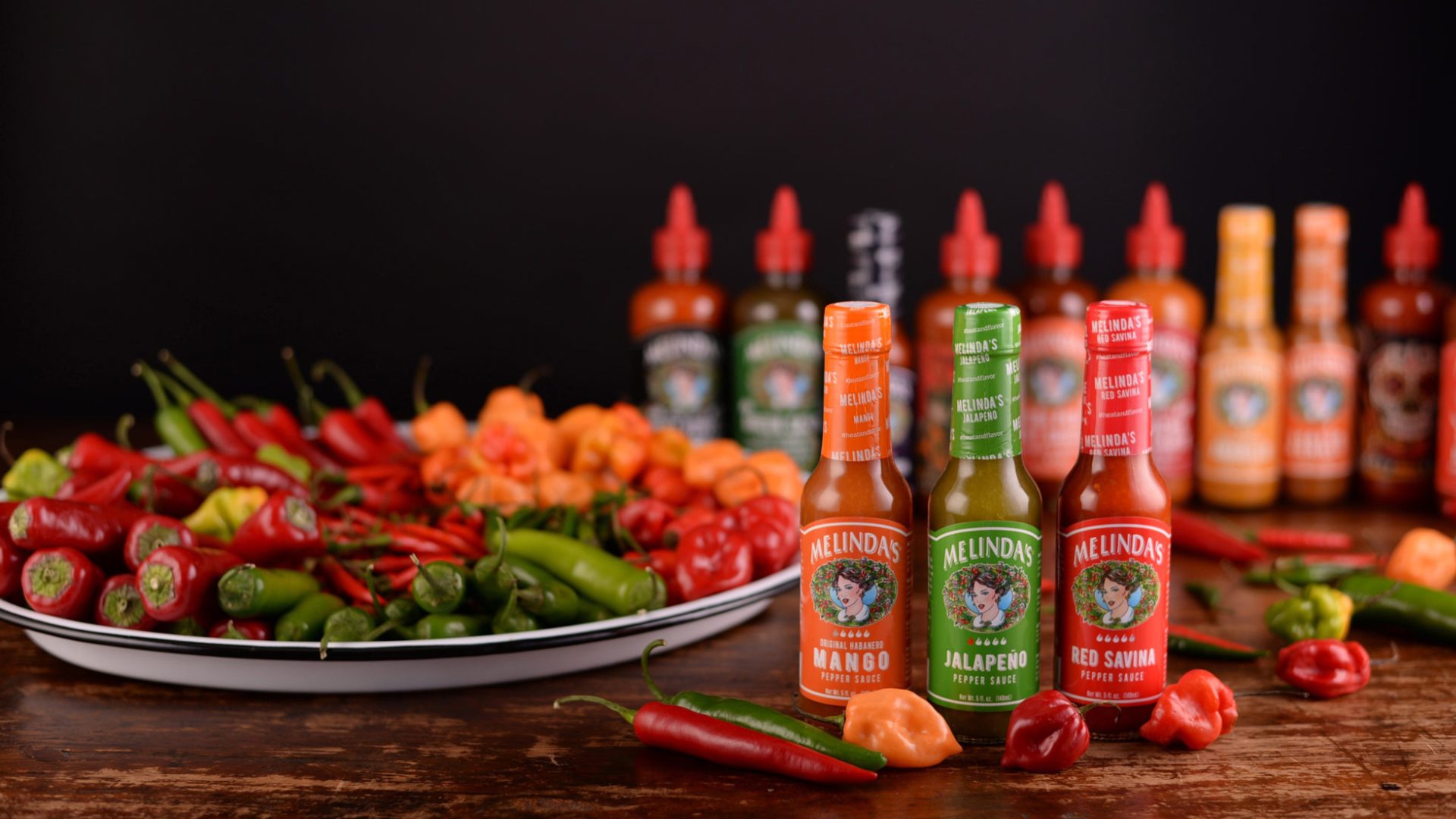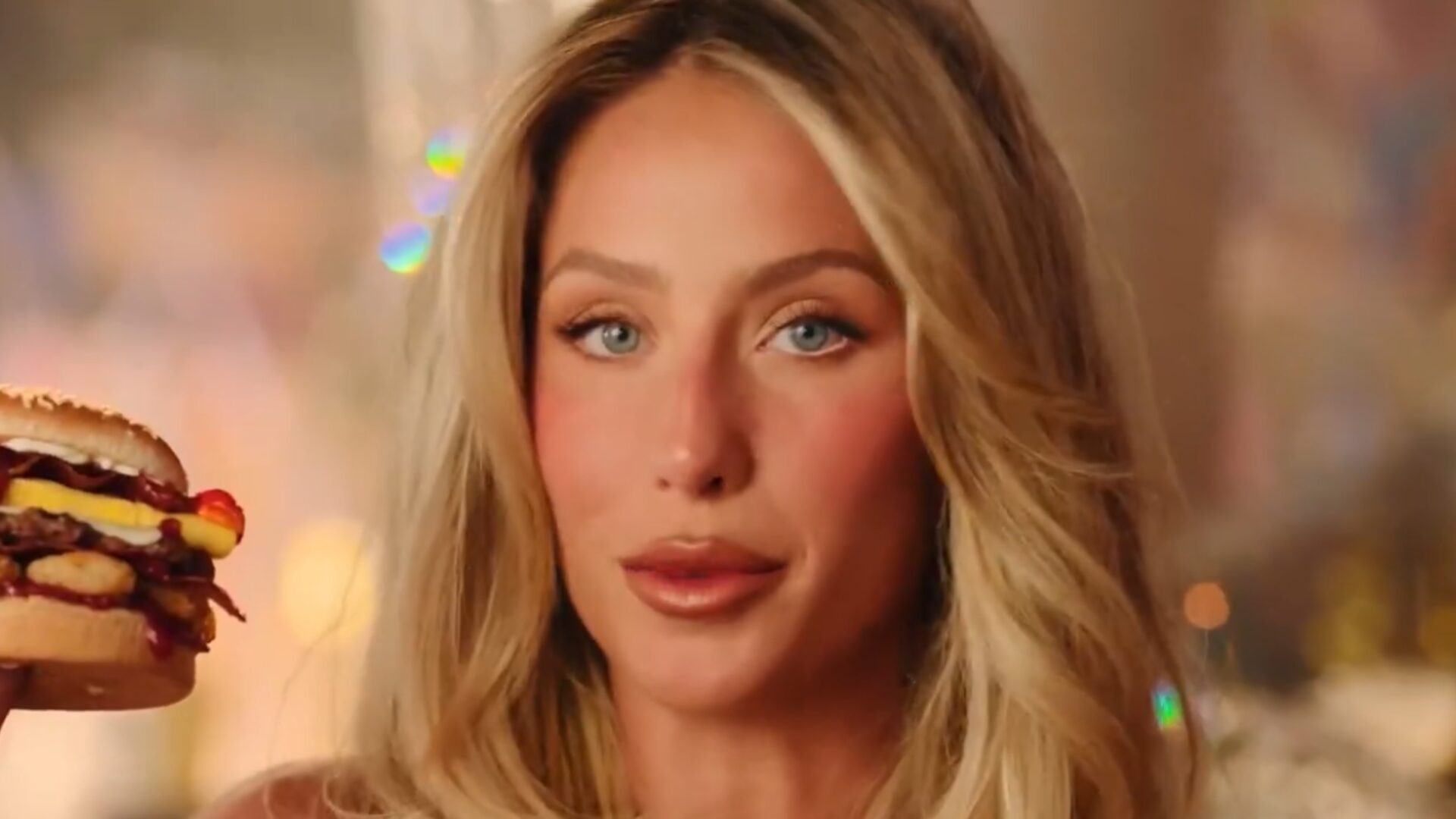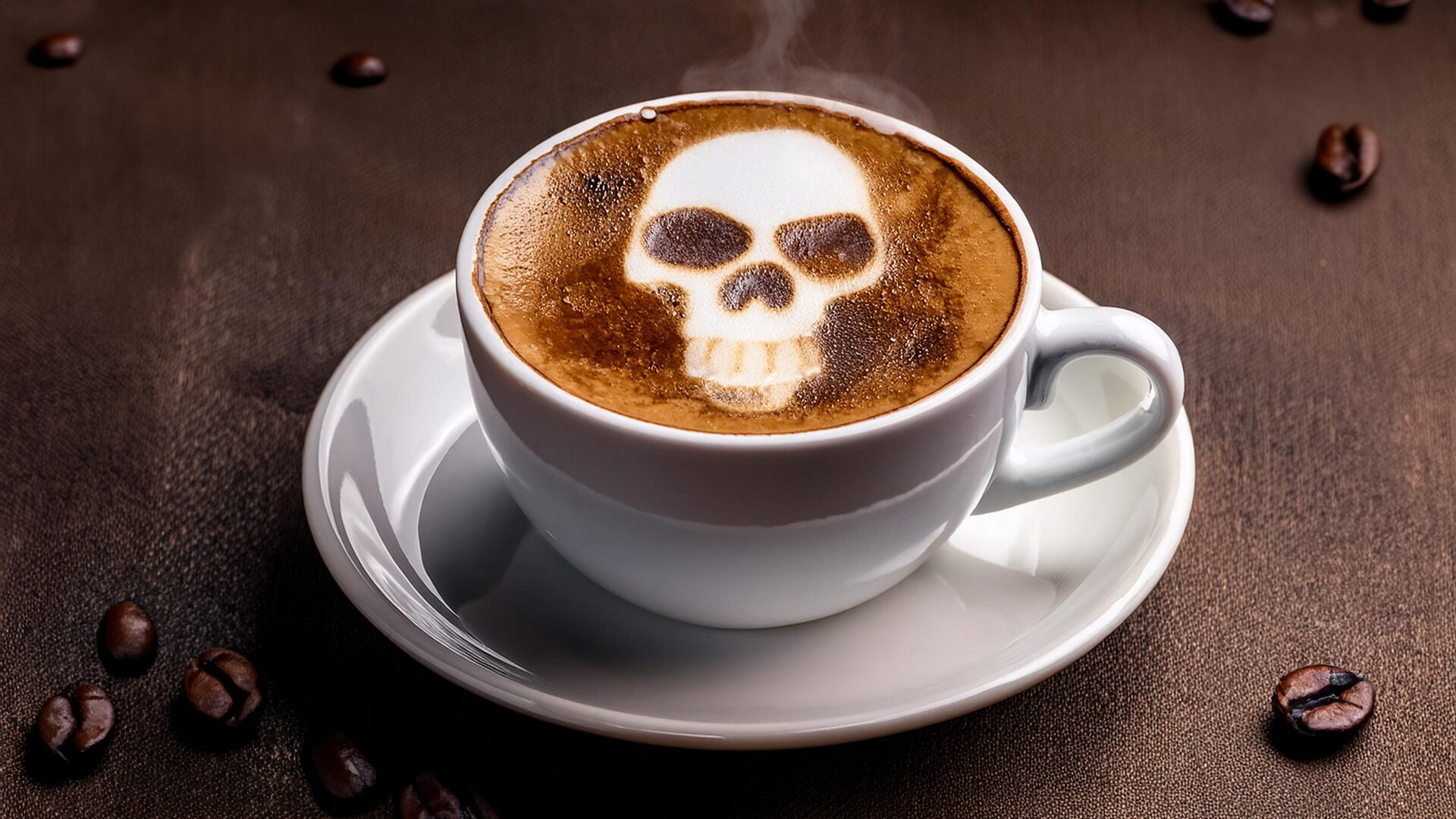As the food and beverage industry strives for reinvention after a harsh quarterly financial outlook, it may want to consider taking notes from its stylish cousin, fashion.
The biggest Q3 surprises came from giants like McDonald’s, Starbucks, and Campari, signaling a need for innovative strategies moving forward.
The Prada Group, on the other hand, announced its retail sales rose 18% in the nine months ending September 30. Its flagship brand, Prada, increased 4% year over year – but more impressively, its Miu Miu label’s retail sales jumped 97%.
While the sectors may seem radically different, many of the fashion empire’s strategies also apply to food and beverage.
Retail
Earlier this year, Prada invested $1 billion to revamp its “experiential shopping” experience by uniting the group’s various ventures into an immersive and engaging environment.
This strategy caters to the growing demand for communal spaces, which was the thesis of retail architect Kevin Kelley’s session at the 2024 Summer Fancy Food Show.
“What you need to do is give people ways to cope through tough times … and food is the great thing that bonds us, connects us, and gives us a social payoff that’s bigger than the price payoff,” Kelley said.
He added that, while not all retailers can compete on pricing, they can provide unique experiences that keep customers in their ecosystem while bolstering their brand image by offering social benefits.
Mercado González is one shining example. Kelley’s firm transformed the traditional grocer into a combination specialty food market and food hall with a culture-first approach including “puestos” (stalls) that serve different Mexican dishes. In its first year, the retailer received six awards for those efforts.
Kelley advises brands that are unable to make such a sizable investment to prioritize their values. While redesigning Freson Bros., his team enlisted a local meat program to help convey the Canadian chain’s devotion to the craft of butchering, offering unique products while reinforcing its values.
Omnichannel
A brand’s online presence is just as important in an increasingly omnichannel world.
The U.S. online grocery market ended September with $9.5 billion in sales, up 27% year over year, signaling the need for retailers to remain competitive – and sometimes, that requires not only thinking outside the box but also looking outside your industry.
Much of Miu Miu’s success stems from its ability to adapt its in-store experience to online audiences. Its website facilitates a seamless consumer journey that mimics the feel of a physical store with curated, dynamic displays. Its homepage also provides information about upcoming community events and educational touchpoints.
Grocers, restaurants, and manufacturers can apply this approach by evaluating their websites from a user-experience standpoint. Shopify recommends optimizing sites for mobile navigation and incorporating clear calls to action, both of which Miu Miu handles with ease.
Marketing
Miu Miu is equally savvy with marketing, leveraging social media to cultivate brand loyalty and boost engagement.
It claimed fourth place for social media exposure during Paris Fashion Week with a villain-themed fashion show featuring the likes of Willem Dafoe and Adrian Brody – an attention-grab akin to the horror film with an eco-friendly message that Liquid Death released in 2021.
Miu Miu’s parallels with the canned water brand are, well, uncanny. It doesn’t go quite as far as Liquid Death, a brand known for its irreverent marketing ploys like this Martha Stewart severed hand candle, but its 2024 holiday campaign is called “Irreverent Wonder” and features a celebrity, actress Emma Corrin.
The campaign promotes its Upcycled collection of “refashioned deadstock yarn, kilts, and leather” intended to encourage “circular design practices,” which aligns with the water brand’s sustainability values. Liquid Death is equally well-known for its eye-catching product packaging, which is almost a necessity in a market as saturated as bottled water.
While shock value doesn’t make sense for every food and beverage company, it’s vital for brands to design innovative strategies that help them stand out and restore their ‘it factor’ in the unpredictable season to come.
The Food Institute Podcast
Restaurant results for the second quarter weren’t stellar, but people still need to eat. Are they turning to their refrigerators, or are restaurants still on the menu for consumers? Circana Senior Vice President David Portalatin joined The Food Institute Podcast to discuss the makeup of the current restaurant customer amid a rising trend of home-centricity.












